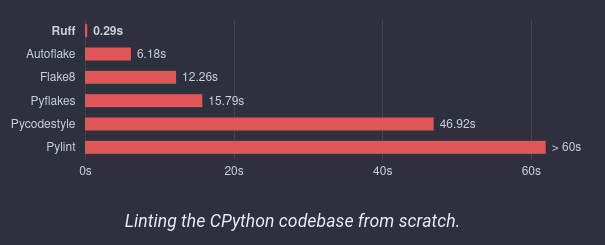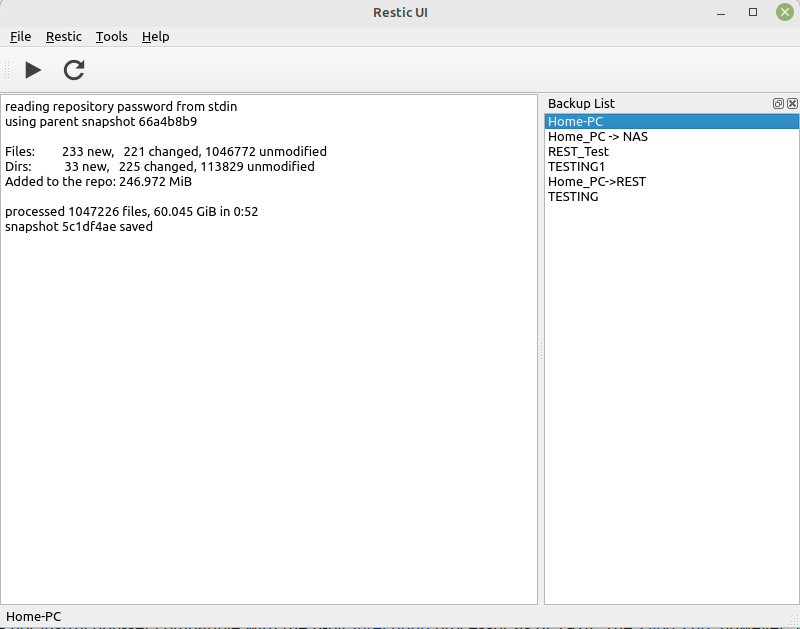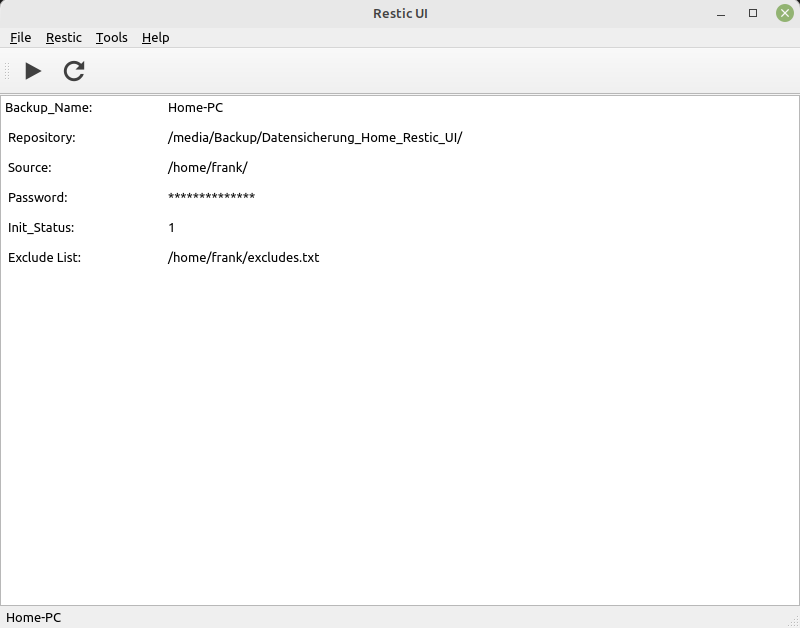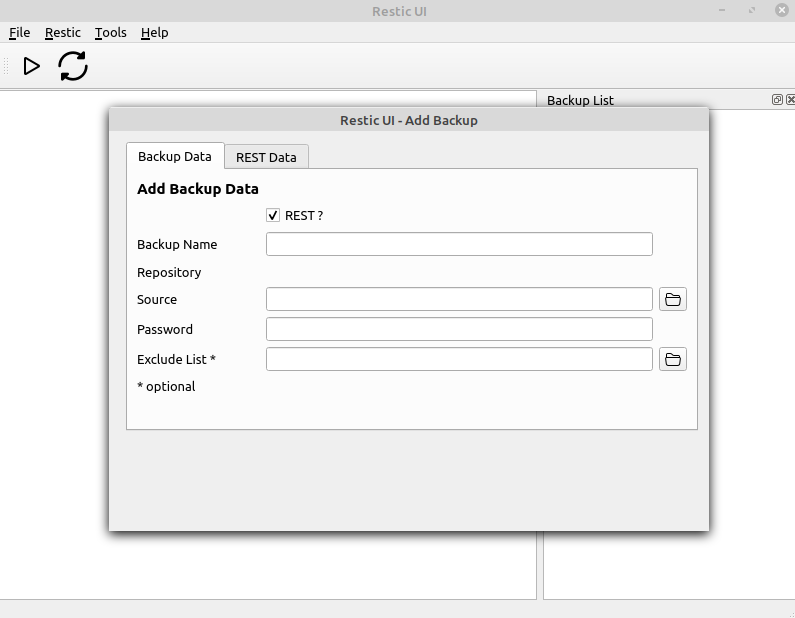Restic UI - Stand Januar 2023
PyWebIO
1
Beiträge
1
Kommentatoren
162
Aufrufe
-
Habe mir heute einmal den Header Bereich und die Menüs vorgenommen und mal etwas logischer benannt und umsortiert. Hier der aktuelle Stand.
Das Repo findet ihr -> https://gitlab.com/Bullet64/restic_ui_pywebio



